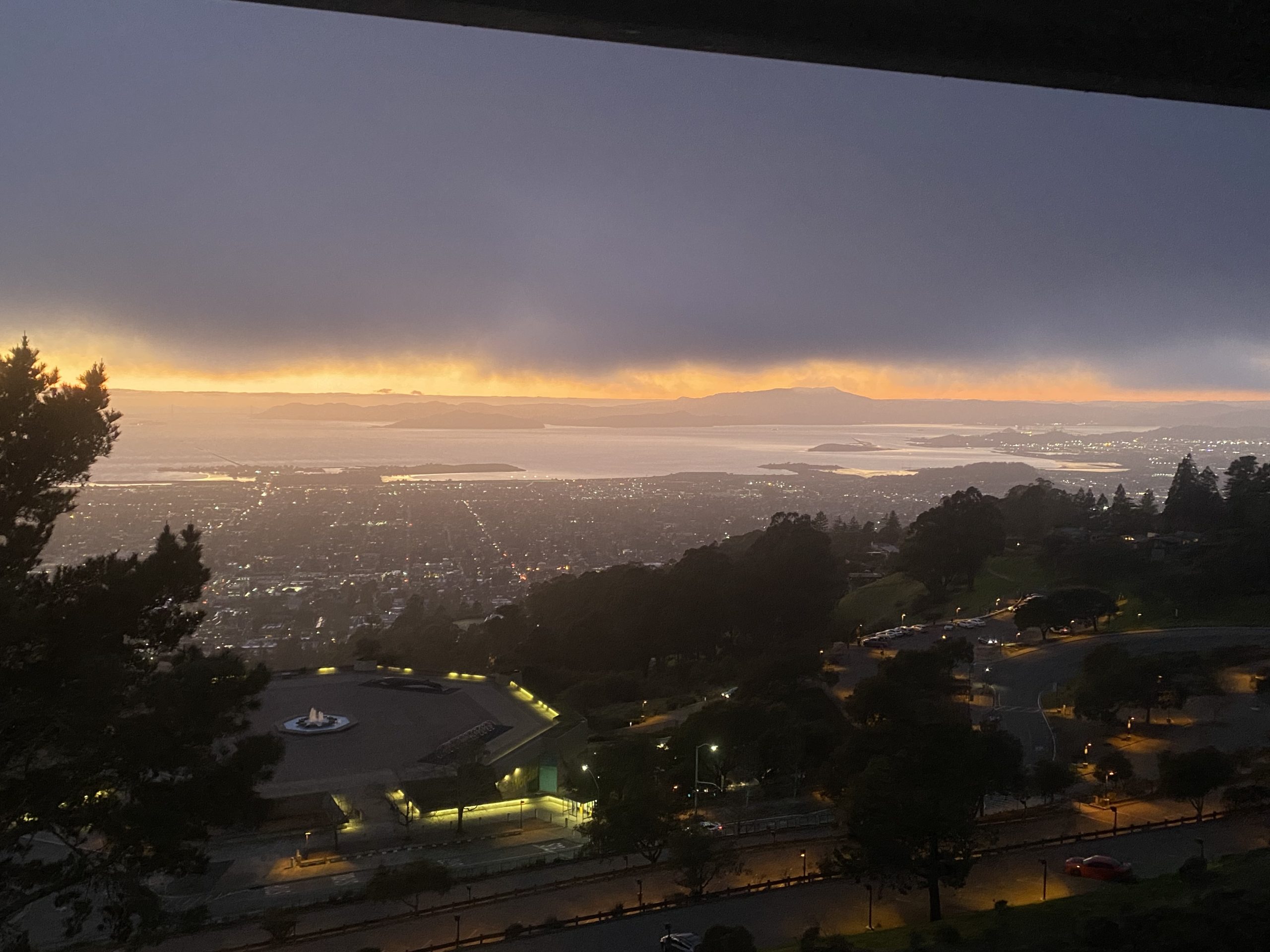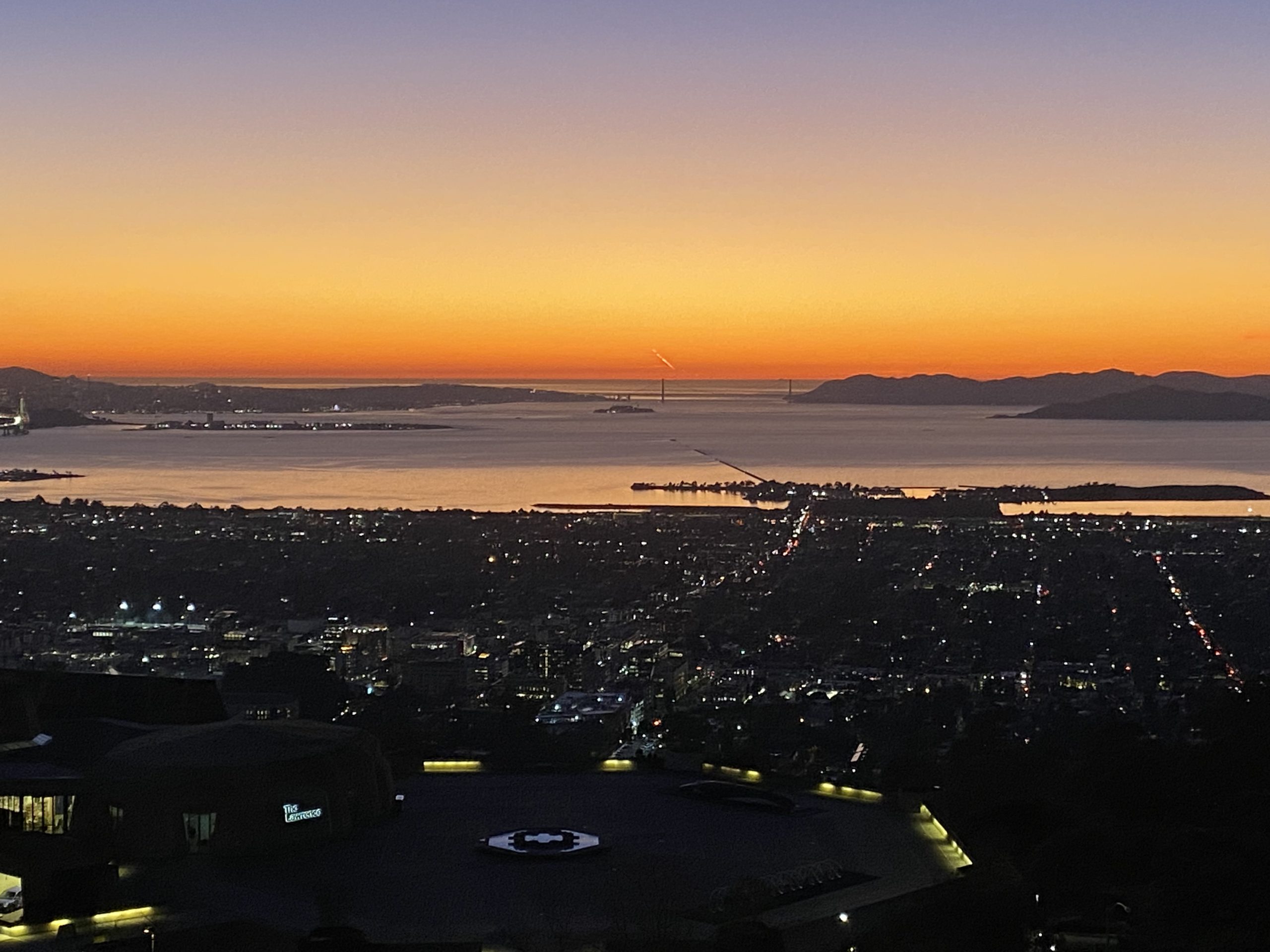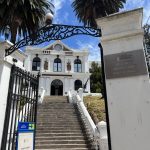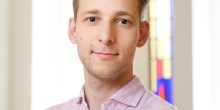Remco van der Hofstad is the lead organizer of the Probability and Statistics of Discrete Structures program at the Simons-Laufer Mathematical Science Institute (SLMath), Spring 2025. This blog is part 1 in a trilogy of blogs.
Yes, it’s happening! We have arrived at SLMath! How did we get here in the first place?
We started considering to organize a program at the Simons-Laufer Mathematical Science Institute in 2019. This institute, located on a beautiful spot on the ridge inland of the bay of Berkeley in California, organizes various events every year, including 4 semester programs on dedicated topics. Andrea Montanari, during a workshop in Oberwolfach, asked me whether it would not be a good idea to organize such a semester program around random graphs and related domains. 'We' quickly became a set of 6 dedicated organizers: Louigi Addario-Berry from Montreal, Christina Golschmidt from Oxford, Po-Ling Loh from Cambridge, Gabor Lugosi from Barcelona, Dana Randal from Atlanta, U.S., and I. After many joyful online meetings, we chose to diversify, and not only consider random graphs, but also related discrete structures, as well as statistical aspects of them. Gabor calls this 'network archaeology,' a very nice name indeed.
Okay, so then we were all set, right? Well, not quite. It turns out that it takes quite some effort to have a program like this approved. That is not unreasonable either: a program like this costs around $800,000, a considerable amount of money, of which the various donors understandably wish to make sure that the money is well spent. This meant that we started by writing a letter of intent, then a first pre-preproposal, then a second pre-proposal, followed by a first proposal. You may start wondering whether this ever came to an end, but I can reassure you: it did! Our first proposal was approved by the Scientific Advisory Council of SLMath and the specific semester was chosen. . The many discussions we had about the precise topic of the program paid out as well, it became much more focused while still being very broad, and this is probably precisely why the many steps were needed in the first place.
We as organizers were also asked whether we had an idea for a good topic for a companion program. Of course, wouldn’t graph theory be a nice choice? Indeed, it is, and now the renamed program of Extremal Combinatorics is running side by side with ours, a very happy couple with fascinating ties between them. We, as organizers, were very excited that our idea would come to fruition!
We thought that it would all be relatively simple from there on. Indeed, the many discussions had considerably sharpened our ideas of what we would like to do, including the topics of the three workshops that we would organize. So, we were all set, right?
Not quite. While the budgets for a programs at SLMath are quite substantial, they are not infinite. More importantly, the number of offices at the institute is limited, and of course all visitors need to get a desk to be able to work. Thus, careful choices needed to be made. But first, all researchers who wanted to come, and were also able to, needed to apply to the program, including letters of recommendation and everything. We, as organizers, were asked to provide advice on who to invite, including the various constraints that needed to be taken into account. That turned out to be very difficult, because the program attracted many excellent applicants, many more than we could ever accommodate.
All these problems are now over, and the program is running. Many people ask me how it is to be here. I can assure you, this has been an amazing experience right from the start. There are so many interesting people to talk with, and topics to be learnt, it is quite mind-boggling. It is highly rewarding to be able to simply drop into the office of one of the world-leading experts, when you have a question about this or that. The semester has so far had an enormous impact on my research, and I expect this impact to be lasting.

A photo taken by Remco van der Hofstad from his office, at sunset, in one of the first weeks.
So, what do our days here look like? I am staying in a beautiful house in Berkeley, California, together with my colleagues Frank den Hollander and Shankar Bhamidi, which is a lot of fun. Frank will say more about this in a follow-up blog. We start our days with a nice coffee at the house. Often, because of the time difference, Frank and I have early online meetings with Europe, which we often do from home, on one of the three couches in our living room. Then I walk up the hill to the institute, which is about 300 meters higher up, and takes me some 40 minutes. Having arrived there, there are generally many interesting talks, open problem sessions to discuss exciting new research ideas, or research projects to talk about with the other program participants. I started some 4 or 5 projects already, on a broad variety of topics. Many of these fascinating problems would have never had occurred to me had I not been here. Further, now that the program is running, most of the organizational efforts are behind us. This leaves time to ponder about research. Here, I notice that it is easier to think about the longer term: Where do I want to go? In all hectics at home, this is much harder to realize. What is sometimes tough is that we seem to have one and a half job here; every morning when I open my laptop, all the mails from a hard day of work in the Netherlands pour in, and these mails need attention and care. In combination with everything that is happening here, this makes my days quite packed.
Many people also ask me how it is to be here in the US in these times with geopolitical tension. Science is having a hard time the past months, and I see that many colleagues are rightfully worried about where this will all go. Luckily, institutes such as SLMath keep science international, as it should be, despite all the political tensions. Way to go, SLMath!

Another photo by Remco van der Hofstad: "Golden Gate bridge in the background, for those with sharp eyes."
The cover photo was taken from the SLMath website.






